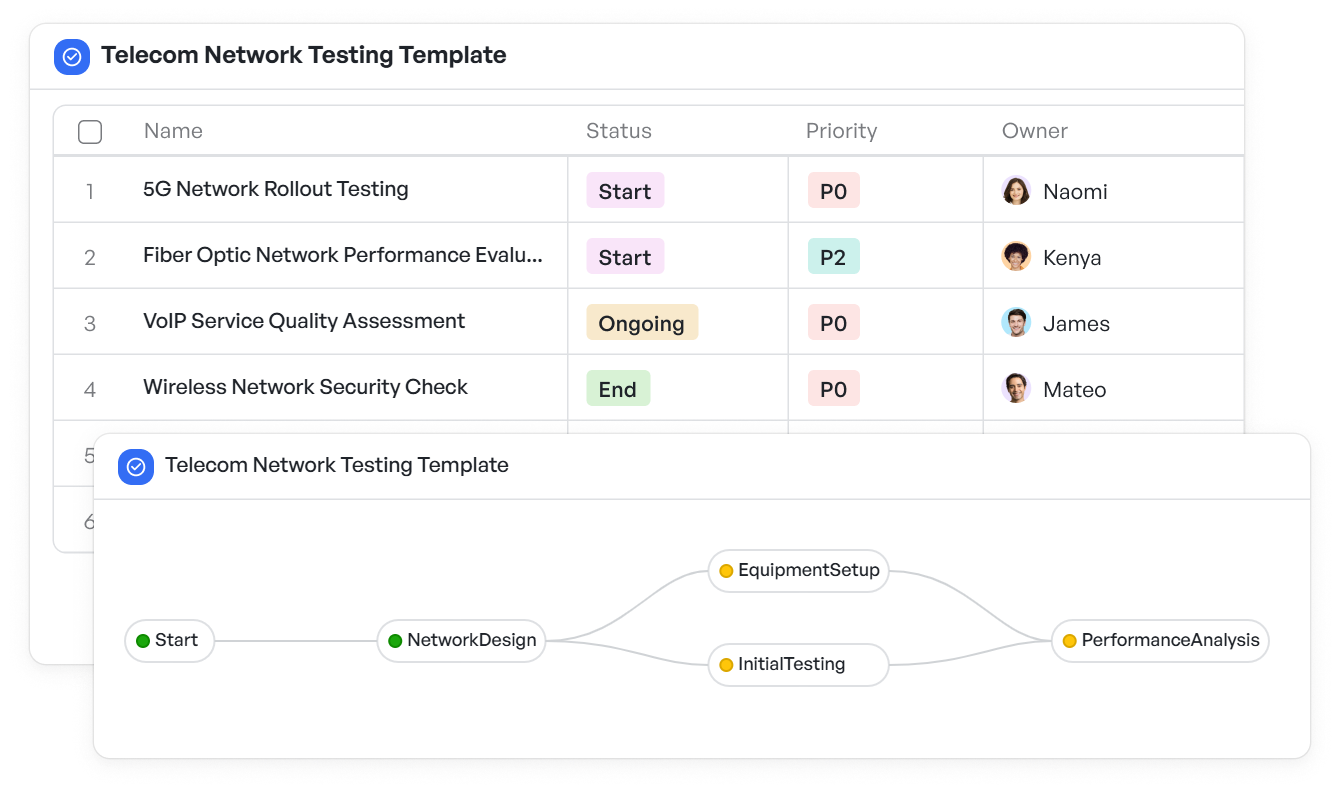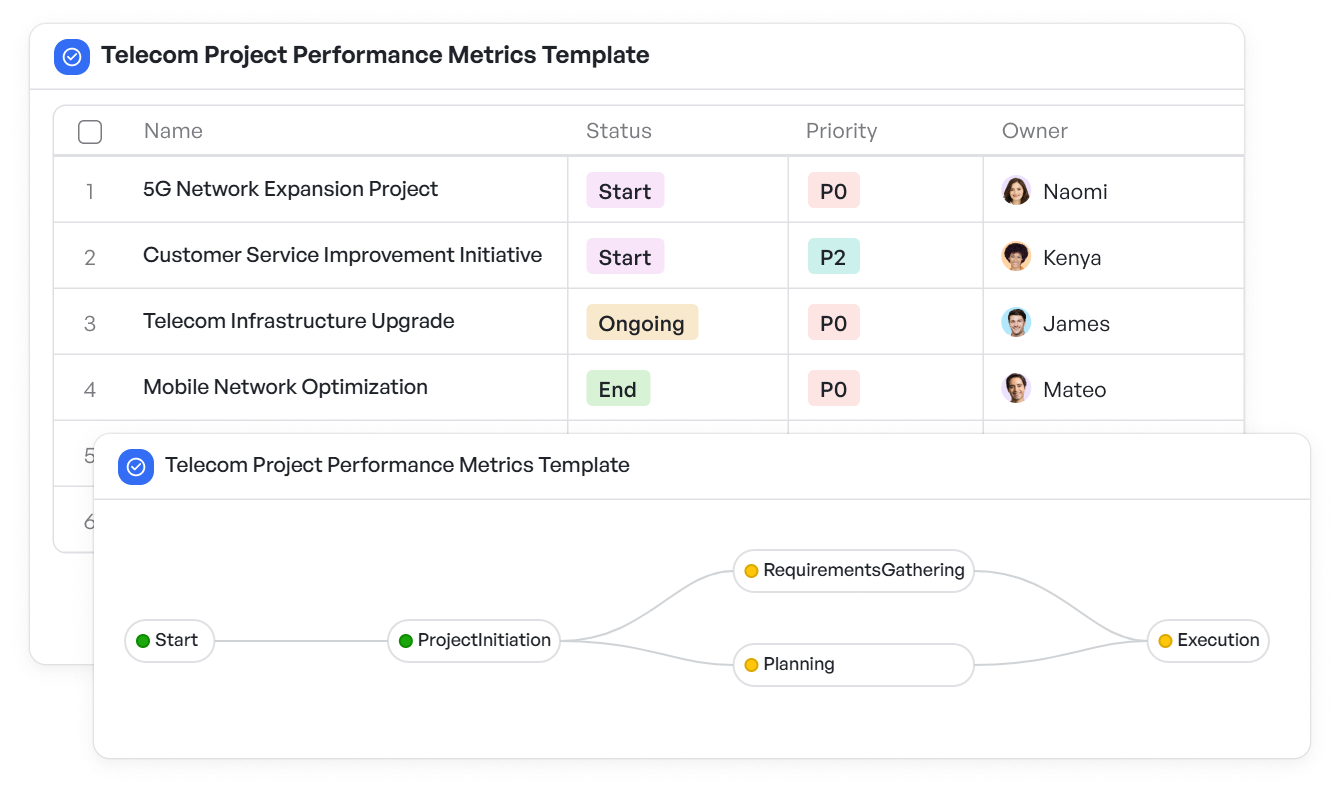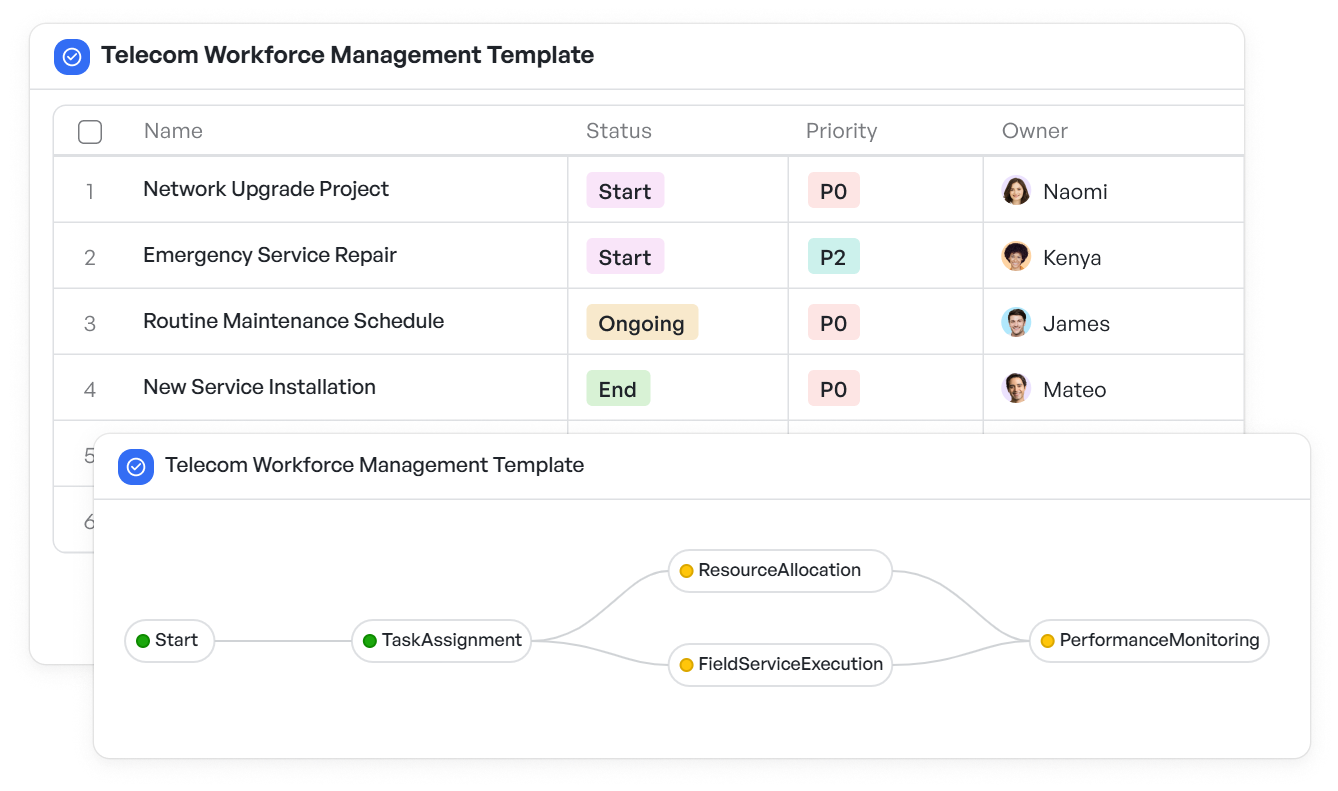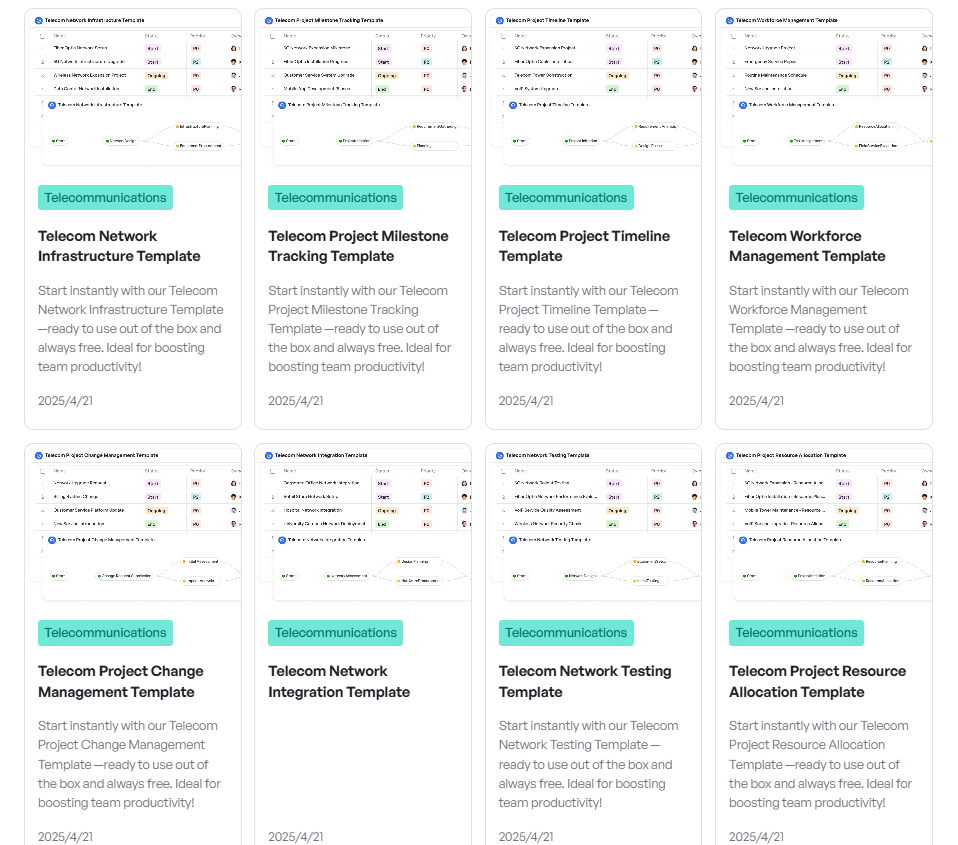How to Implement Pair Programming in Telecommunications

The telecommunications industry runs on precision. From setting up core networks to managing service rollouts, minor delays or misconfigurations can lead to major disruptions. In this high-stakes environment, real-time collaboration between engineers is more than a preference, it's a performance imperative.
That's where pair programming comes into play. While widely used in software development, it's increasingly being adopted by telecommunications engineering teams to drive faster deployments, reduce errors, and build a culture of shared accountability.
To understand where pair programming fits in the fast-paced world of telecommunications, let’s look at the specific challenges teams face and how this approach helps solve them.
Why Pair Programming in Telecommunications Matter
Telecommunications projects are inherently complex. Here’s why pair programming fits well:
- Live Infrastructure Changes: Missteps in routing and configuration or security can bring down entire systems. Having a second set of eyes during execution helps catch these issues.
- High Code Reliability Needs: Telecommunications software powers switches, routers, and customer-facing apps. Bugs are expensive. Pairing improves accuracy.
- Cross-Disciplinary Coordination: Telecommunications teams often span hardware, firmware, and cloud platforms, requiring effective coordination across these diverse areas. Pair programming helps align perspectives across domains.
4 Use Cases of Pair Programming in Telecommunications Workflows
Pair programming shows its value in a range of telecommunications use cases:
1. Network Configuration and Deployment
When deploying or modifying infrastructure, configuration scripts are often shared across teams. One engineer writes the code, while the other reviews it in real time, ensuring alignment with compliance and performance standards.
 Telecommunications network configuration template
Telecommunications network configuration templateOther helpful templates:
- Telecommunications network deployment schedule template
- Telecommunications project milestone tracking template
2. Telecommunications Software Builds and Testing
From service provisioning APIs to billing systems, telecommunications software requires accuracy and scale. Pair programming brings QA-level thinking into the development process itself, allowing for issues to be caught earlier.
Useful templates:
 Telecommunications network testing template
Telecommunications network testing template Telecommunications project performance metrics template
Telecommunications project performance metrics template3. Field Operations Planning
Pairing can be done outside pure code. For example, when planning fiber rollout in a new area, engineers might co-create installation plans, identify dependencies, and prioritize high-traffic zones together.
 Telecommunications workforce management template
Telecommunications workforce management template4. Service Activation and Troubleshooting
Pairing an on-site technician with a remote network engineer can speed up diagnostics. The technician reports anomalies; the engineer verifies configurations or pushes patches live.
Helpful templates:
- Telecommunications service activation workflow template
- Telecommunications customer support workflow template
For best practices that align well with this use case, explore Meegle’s blog on Debugging Best Practices.
 Meegles templates on telecommunications
Meegles templates on telecommunications4 Benefits of Pair Programming in Telecommunications
Here are four high-impact ways pair programming contributes to stronger engineering outcomes in retail software teams:
- Fewer Errors During Critical Rollouts: Having a second engineer in the loop helps catch misconfigurations and debug the logical errors before they escalate.
- Faster Onboarding for New Team Members: New engineers pick up on tools, processes, and best practices faster when paired with experienced peers.
- Better Collaboration Across Locations: Many telecommunications teams are hybrid or global in nature. Pair programming, especially using workflow tools with shared visibility, strengthens coordination.
- Knowledge Continuity: Instead of siloed knowledge, pairing makes system understanding more distributed across teams, helping reduce bottlenecks when key people are unavailable.
Pair Programming in Telecommunications: Who Should Consider and How to Set it Up
Pair programming in telecommunications is especially useful for:
- Network configuration teams who work on time-sensitive rollouts
- DevOps teams building CI/CD pipelines for internal tools or customer portals
- Quality assurance (QA) and automation engineers testing billing, customer support management (CRM), or provisioning systems
- Field operation leads coordinating with distributed engineering teams
If you're responsible for uptime, rollout accuracy, or quality assurance in any capacity, this is worth testing.
Getting the most from pair programming in telecommunications requires structure. Here are the key practices:
- Start with high-risk processes where an extra reviewer adds immediate value
- Rotate pairings so tribal knowledge transfers
- Use visual tools to track ownership and task states across roles
- Establish protocols for handoffs, especially if engineers are in different time zones
With telecommunications work spanning network, software, and regulatory layers, clarity in ownership is essential. Using a visual workflow platform helps everyone stay in sync, from planning to field deployment.
Build Together, Deploy with Confidence
Pair programming is more than a coding habit. In telecommunications, it can serve as a structured collaboration method that prevents errors, improves delivery speed, and creates a more resilient engineering culture.
If your teams juggle system-critical updates, service activations, or distributed deployments, pairing, combined with visual workflow planning, can improve delivery accuracy without slowing you down.
Enable real-time collaboration in telecom teams with Meegle.
The world’s #1 visualized project management tool
Powered by the next gen visual workflow engineRead More
Check All BlogsStart creating impactful work today



